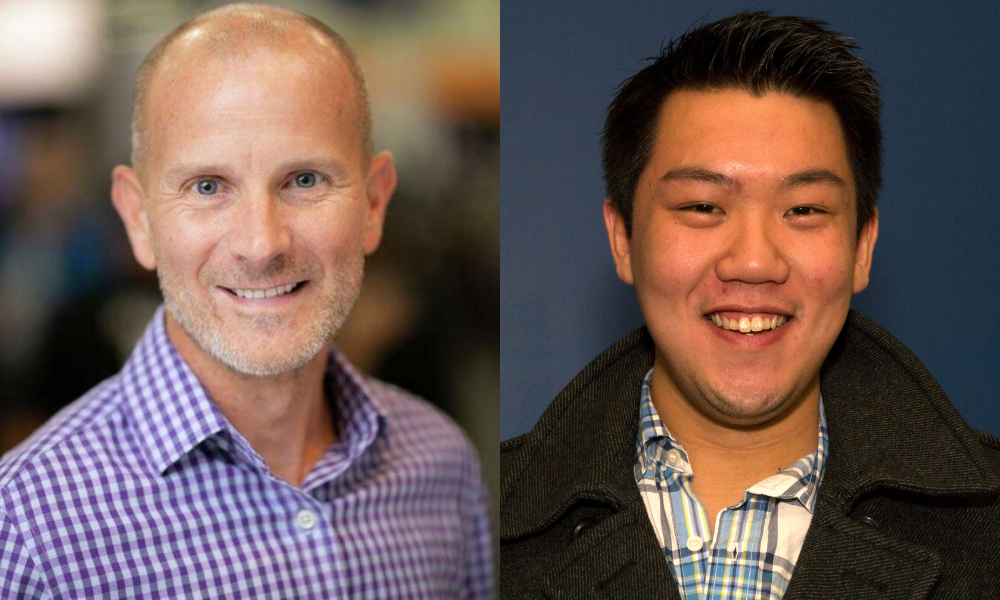Anonymous platform lets employees vent frustrations, compare pay – and reveal employers' weak spots

“Bad recruiter at Meta,” “Big Google workforce reductions coming,” “Didn’t get severance agreement (Amazon).”
Anonymous platform lets employees vent frustrations, compare pay – and reveal employers' weak spots

“Bad recruiter at Meta,” “Big Google workforce reductions coming,” “Didn’t get severance agreement (Amazon).”